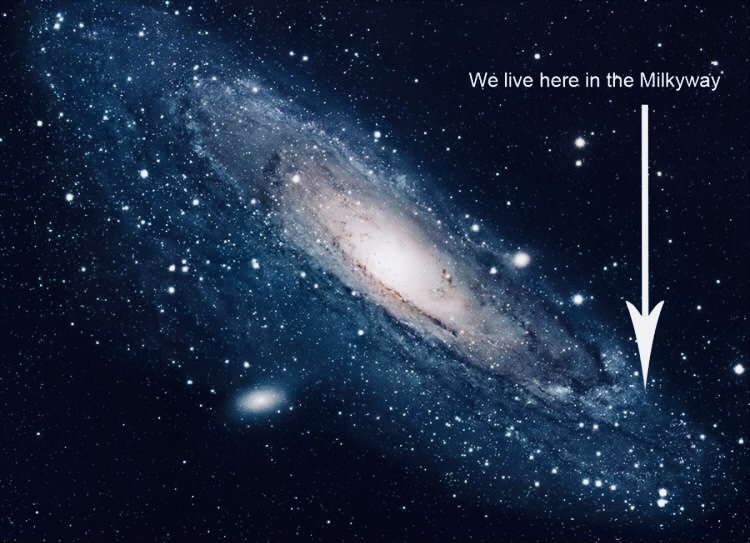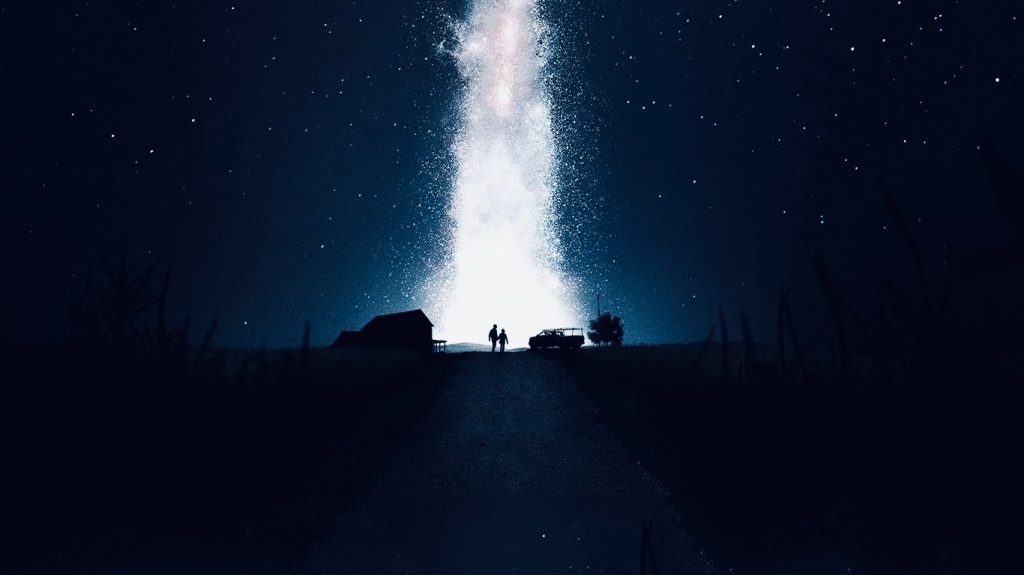I recently re-watched the movie Interstellar (for about the 6th time) mainly for it’s amazing soundtrack – I even have an LP record of Hans Zimmer’s visionary soundtrack – but also for the accurate representation of some of our universe’s limits and challenges.
Gravity, Space-Time (romantically combined by Einstein’s famous Special Relativity), Relativity, Wormholes and Black Holes. These are very complex concepts depicted magnificently by Christopher Nolan but also open up to new questions. The main one being: In a decaying ecosystem which we are contributing to destroy, is space travel really a solution for the salvation of humankind? Provided, thanks to SpaceX’s work, we do manage to escape earth’s gravity at smaller costs, is there a border we will never cross anyway? Are there places we will never reach, no matter how hard we try? Turns out there are.
ARE WE TRAPPED?
Even with science fiction technology, we are trapped in our pocket of the universe. How can that be? And how far can we go? We live in a quiet arm of the Milky Way a spiral galaxy of average size about one hundred thousand light years across, consisting of billions of stars, gas clouds, dark matter, black holes, neutron stars, and planets, with a supermassive black hole in the galactic centre. From afar, our galaxy seems dense, but in reality it consists mostly of empty space.
With our current technology, sending a human to the closest star will take thousands of years So our galaxy is… pretty big. The Milky Way is not alone, though. Along with the Andromeda galaxy and more than fifty dwarf galaxies, it’s part of the “local group” a region of space about ten million light years in diameter. It is one of hundreds of galaxy groups in the Laniakea Supercluster. Which itself is only one of millions of superclusters that make up the observable universe.
MOVING OUT OF THE LOCAL GROUP
Now, let’s assume for a moment that we have a glorious future. Humanity becomes a type 3 civilization, does not get wiped out by aliens, and develops interstellar travel based on our current understanding of physics. In this best case scenario, how far could we possibly go? Well, the Local Group. It is the biggest structure that humanity will ever be a part of. While it is certainly huge, the Local Group accounts for only 0.00000000001% of the observable universe.

Let this number sink in for a moment…
We are limited to a hundred billionth of a percent of the observable universe! The simple fact that there is actually a limit for us, and that there is so much universe that we will never be able to touch is kind of frightening.

THE UNIVERSE IS EXPANDING
Well, it all has to do with the nature of nothing. Nothing, or empty space, isn’t empty but has energy intrinsic to itself, so-called quantum fluctuations. On the smallest scale, there is constant action. Particles and anti-particles appearing and annihilating themselves. You can imagine this quantum vacuum as a bubbling pot with denser and less dense regions. Now, let’s go back 13.8 billions of years, when the fabric of space consisted of nothing at all. Right after the Big Bang, in a event known as cosmic inflation, the observable universe expanded from the size of a marble to trillions of kilometres in fractions of a second.

This sudden stretching of the universe was so fast and extreme that all of those quantum fluctuations were stretched as well, and subatomic distances became galactic distances. With dense, and less dense regions. After inflation, gravity began to pull everything back together. At the larger scale, the expansion was too quick and powerful to overcome, but at smaller scales gravity emerged victorious. So, over time, the denser regions of the universe grew into groups of galaxies like the one we live in today. Only stuff inside our pocket, the Local Group, is bound to us gravitationally. But wait, what’s the problem then? Why can’t we travel from our pocket to the next one?
DARK ENERGY IS THE REASON WE CAN’T GET OUT OF OUR LOCAL GROUP
Here, dark energy makes everything complicated. It’s basically an invisible force that causes and speeds up the expansion of the universe. We don’t know why, or what dark energy is. But we can observe its effect clearly. In the early universe there were larger cold spots around the Local Group… that grew into large clusters with thousands of galaxies. We are surrounded by a lot of stuff. But none of those structures and galaxies outside of the Local Group are gravitationally bound to us. So the more the universe expands, the larger the distance between us and other gravitational pockets becomes. Over time, dark energy will push the rest of the universe away from us, causing all the other clusters, galaxies and groups to eventually become unreachable.
MEET MILK-DROMEDA, OUR FUTURE HOME
While we will become more and more stranded, the Local Group will become more tightly bound and merge together to form one giant elliptical galaxy with the unoriginal name: Milkdromeda… In a few billion years. But it becomes even more depressing. At some point, the galaxies outside the Local Group will be so far away… that they will be too faint to detect … and the few photons that do make it to us will be shifted to such long wavelengths that they will be undetectable. Once this happens, no information outside the Local Group will be able to reach us. The universe will recede from view. It will appear to be dark and empty in all directions, forever. A being born in the far future in Milkdromeda will think there is nothing but its own galaxy in the entire universe! When they look far into empty space, they will only see more emptiness and darkness. They won’t be able to see cosmic background radiation, and they won’t be able to learn about the Big Bang. They will have no way of knowing what we know today. The nature of the expanding universe, when it began, and how it will end.
We have the incredible luck to exist at the perfect moment in time, to see not only our future, but also our most distant past. As isolated and remote as the Local Group is, we can perceive the entire universe, grand and spectacular, as it is right now.




One reply on “ALL YOU REALLY NEED TO KNOW ABOUT THE UNIVERSE AND SPACE TRAVEL”
[…] Like I’ve explained in a previous post (read “All you need to know about the Universe and space travel“), […]
LikeLike